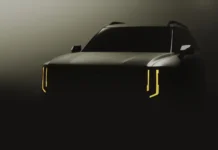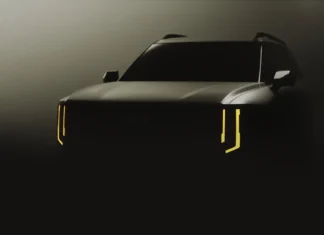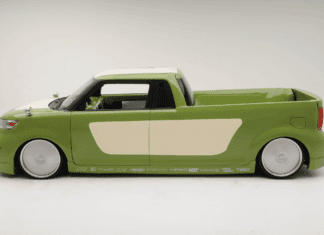Nearly 13,000 Tesla Vehicles are under recall for possible loss of drive power.
According to a report published by the National Highway Traffic Safety Administration (NHTSA), as many as 12,963 new Tesla Model 3 sedans and Model Y SUVs could suffer a loss of drive propulsion due to an issue within the battery pack. Of that population, 7,925 vehicles are 2026 Model Ys, while the remaining 5,038 vehicles are 2025 Model 3s.
Specifically, Tesla tells safety regulators a faulty solenoid within the pack may inadvertently open due to a poor coil termination connection. If the connection breaks, drivers lose the ability to apply torque to the vehicle using the accelerator pedal, effectively losing drive power while it is in motion. No warning occurs prior to the problem happening, though drivers will obviously notice due to losing the ability to gain any speed. When the issue does arise, a visual warning will also alert the driver that there’s a problem, with an instruction to safely pull over.
The automaker first began investigating the issue back in August, when service records revealed some cars were unable to enter drive from a park condition. In its chronology report on the issue, Tesla doesn’t mention vehicles losing power at speed, though the condition may come up any time a driver tries to apply the accelerator pedal.
Through the beginning of October, Tesla does say it’s aware of 36 warranty claims and 26 field reports outlining the condition. Of those claims, no collisions, injuries or fatalities occurred.
What’s the fix?
The underlying issue comes from battery pack contactors equipped with InTiCa solenoids. At no charge to customers, Tesla technicians will replace impacted vehicles’ contactors with a certified replacement part that does not contain the problematic solenoid. As a result, the new contactors should maintain their connection to the battery pack, eliminating that particular issue as a culprit for loss of drive power, or the inability to get going in the first place.
Contactors equipped with InTiCa solenoids were used in a batch of parts installed in Tesla Model 3 and Model Y vehicles between March 8 and August 15, 2025. So, older vehicles shouldn’t have this issue, nor should new vehicles, as they don’t contain the suspect parts.
Tesla notified dealers of the problem on October 15. As for owners, it plans to send out official notifications on December 9, 2025. The company did not flag a “Do Not Drive” notice as part of the recall, though it would be difficult for some owners to go several weeks (at least) without driving their cars as a precaution. To that end, if you bought a 2025 Tesla Model 3 or 2026 Model Y, at least you can be aware of the issue and deal with your local service center accordingly should a loss of propulsion happen to you.






















